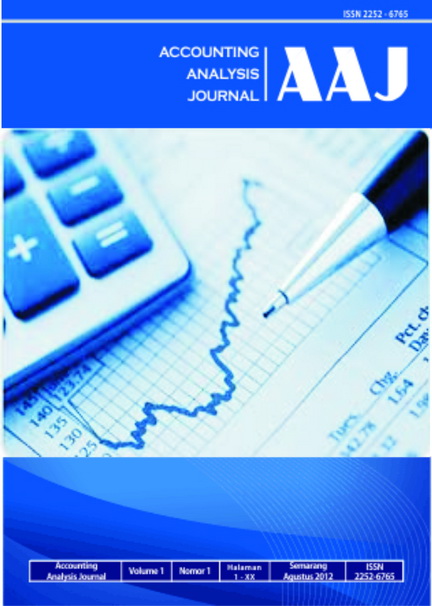Analysis of the Determinant of Effective Tax Rate
##plugins.themes.academic_pro.article.main##
Abstract
This study aims to examine the effects of the proportion of independent commissioners, audit committees, board of commissioner size, institutional ownership, and capital intensity ratio on effective tax rate. The population is the manufacturing companies listed in the IDX in 2015-2017 period as many as 155 companies. The research sample of 44 companies was obtained using a purposive sampling method, so it was obtained 132 units of analysis. Unit analysis was reduced outlier data by 46 data, total final data was 86 data. Hypothesis testing used multiple linear regression with Minitab software 17. The results show that the proportion of commissioners is not affected by ETR. The audit committee and size of the board of commissioner have significant negative effect on ETR. Institutional ownership and capital intensity ratio have significant positive effect on ETR. The conclusions of study are that the audit committee and size of the board of commissioner have significant negative effect on ETR. This shows that the supervision by the audit committee and the board of commissioners on management is carried out optimally and effectively. Institutional ownership and capital intensity ratio have significant positive effect on ETR. This shows that the institute has not utilized the maximum supervision and management has not take advantage of the depreciation of fixed assets.
